|
The pole arm is used to keep your enemy at bay while employing
your tactics. A wall of these pole arms are a deterring
sight indeed! Swiss tactics, due to terrain, relied
heavily on foot soldiers instead of mounted knights and thusly
they recreated the Greek tactic of the phalanx: a square formation
of pole arms that made a nearly impenetrable forest of spikes.
When employed with the pavaise shield- wall borrowed from
the original roman empire, this formation was the most deadly
of its day.
The pike, with a 14' reach is awesome in its range, but the
Imperial tacticians at this time preferred the use of halberds
with axe-like heads that were used to sever the bladed ends
of pikes and rendered the weapons ineffective. Though
halberds were less than half the length of a pike, only 6'-7',
the wielder had much more control over his weapons' far end
and was much more effective in his range. A pikeman
had little control over the far end of his weapon being essentially
14' away and once an enemy was inside his reach, the only
function of his pike, that of stabbing, is useless.
The different blades on halberds were used to catch the far
end of enemy pole arms and trap them against the ground, where
the dangerous blades were rendered useless by being held or
chopped off. These blades were also deadly effective
against the enemy himself, the weapon being just the right
length to demount a knight, be useful against short-arms like
swords and have enough force behind them to be effective against
armour.
It is easily seen that when two sides employ these tactics
against one another, the first line to break will loose as
the entire formation will fold on itself.
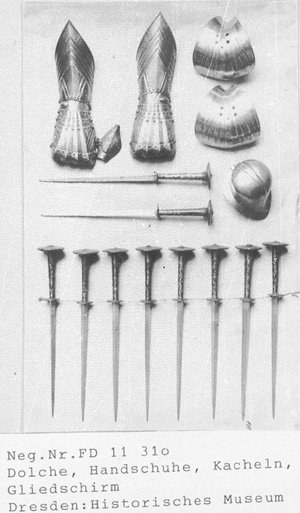

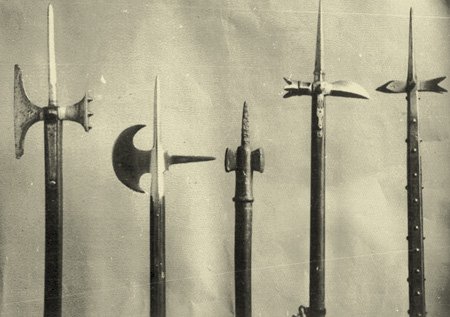
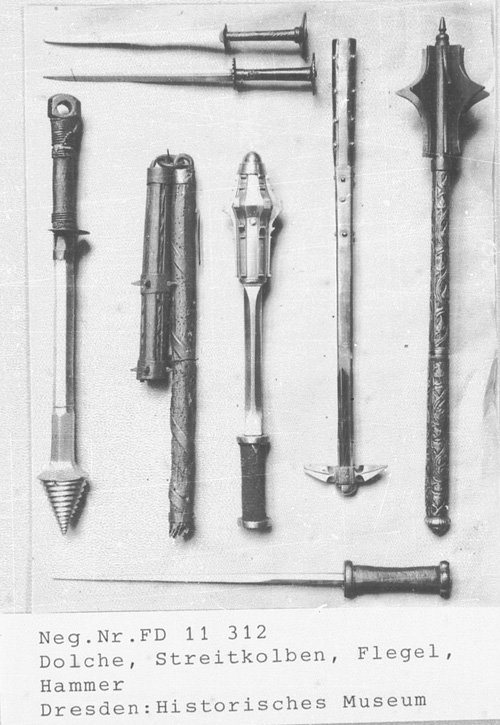
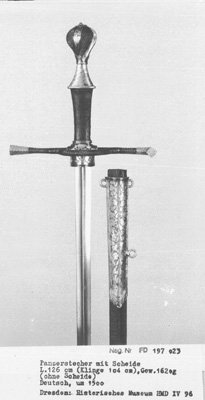 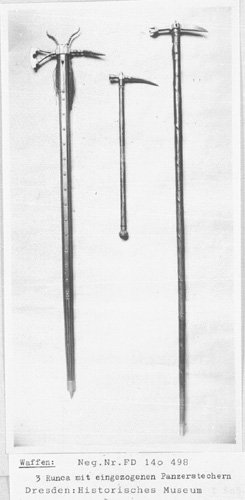
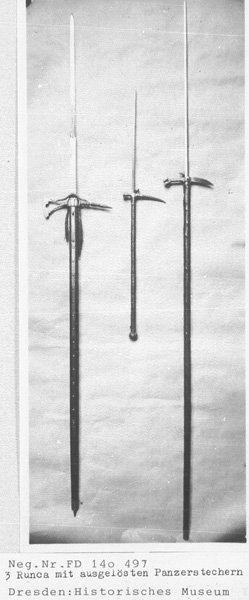    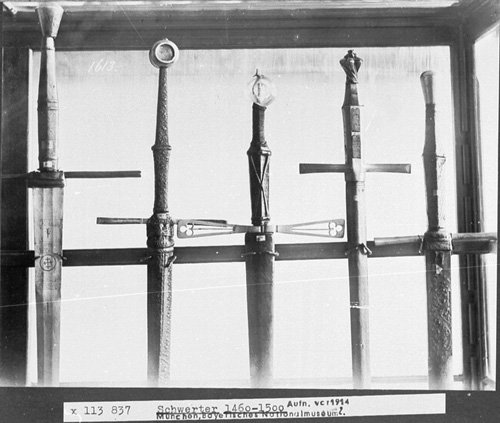    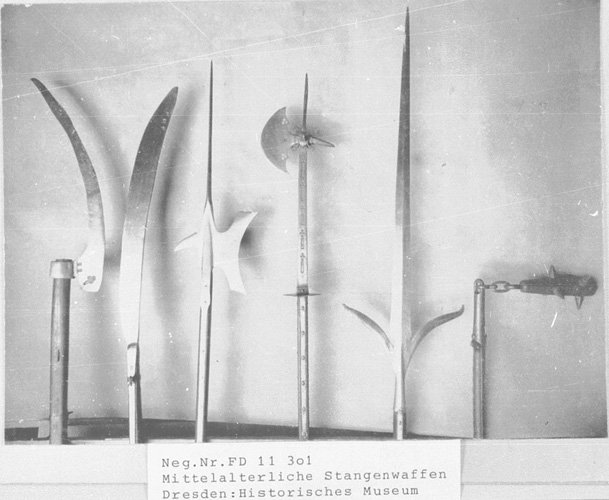 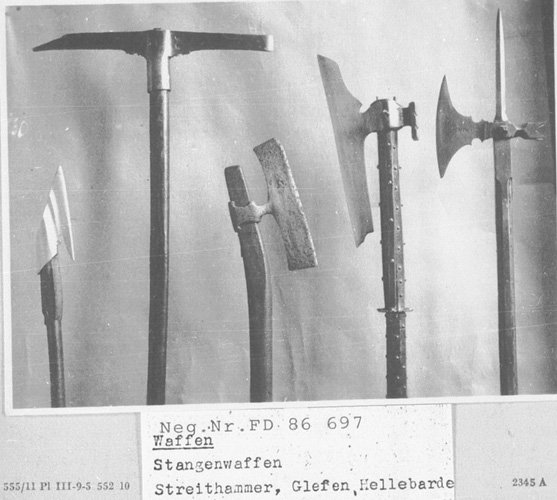 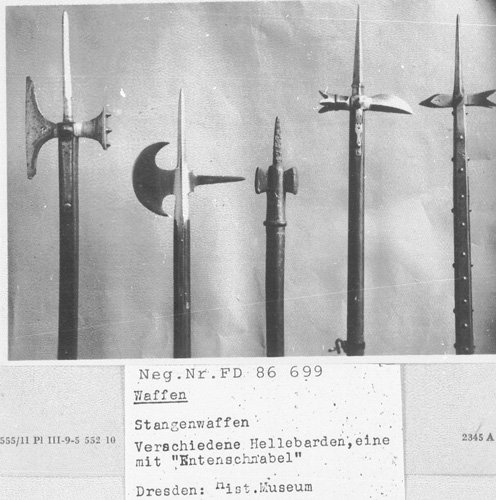 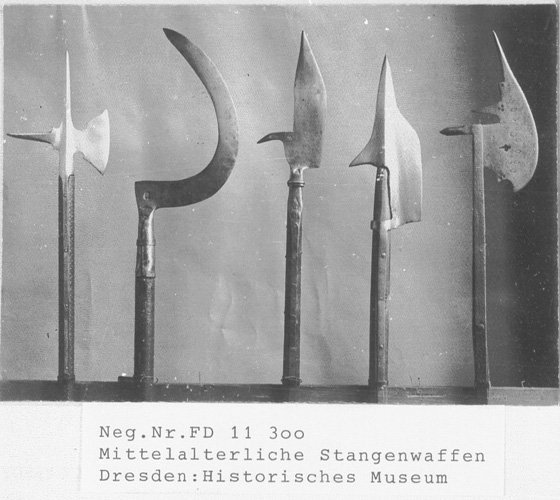 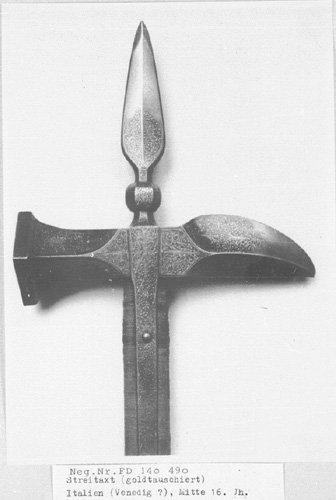   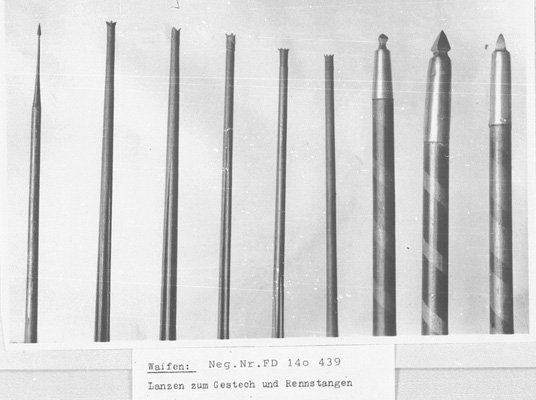 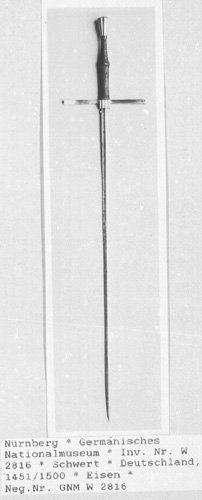    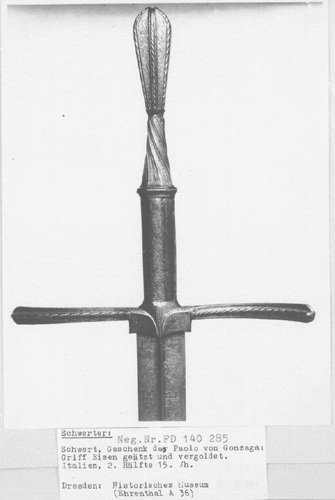 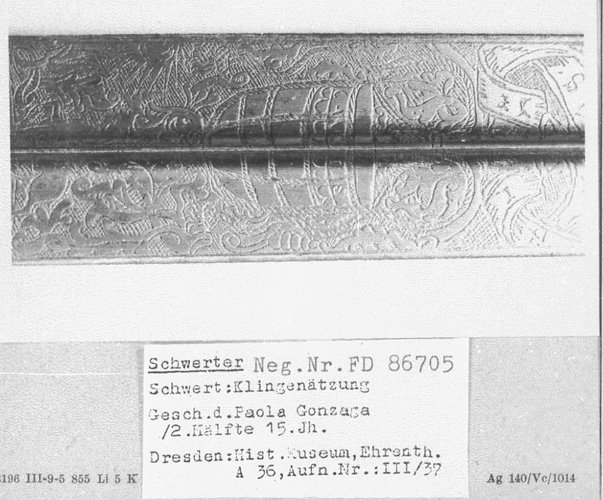  
|